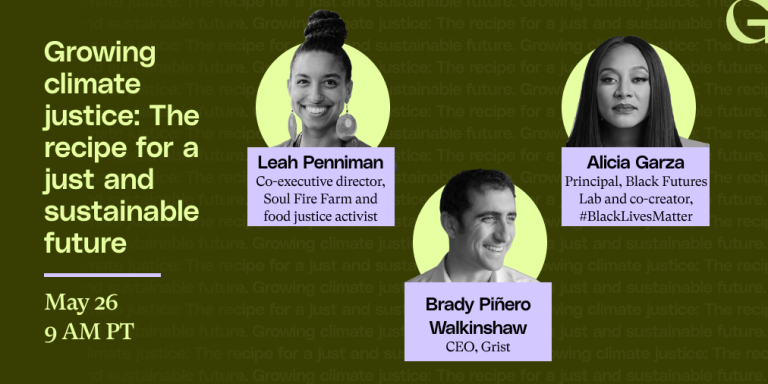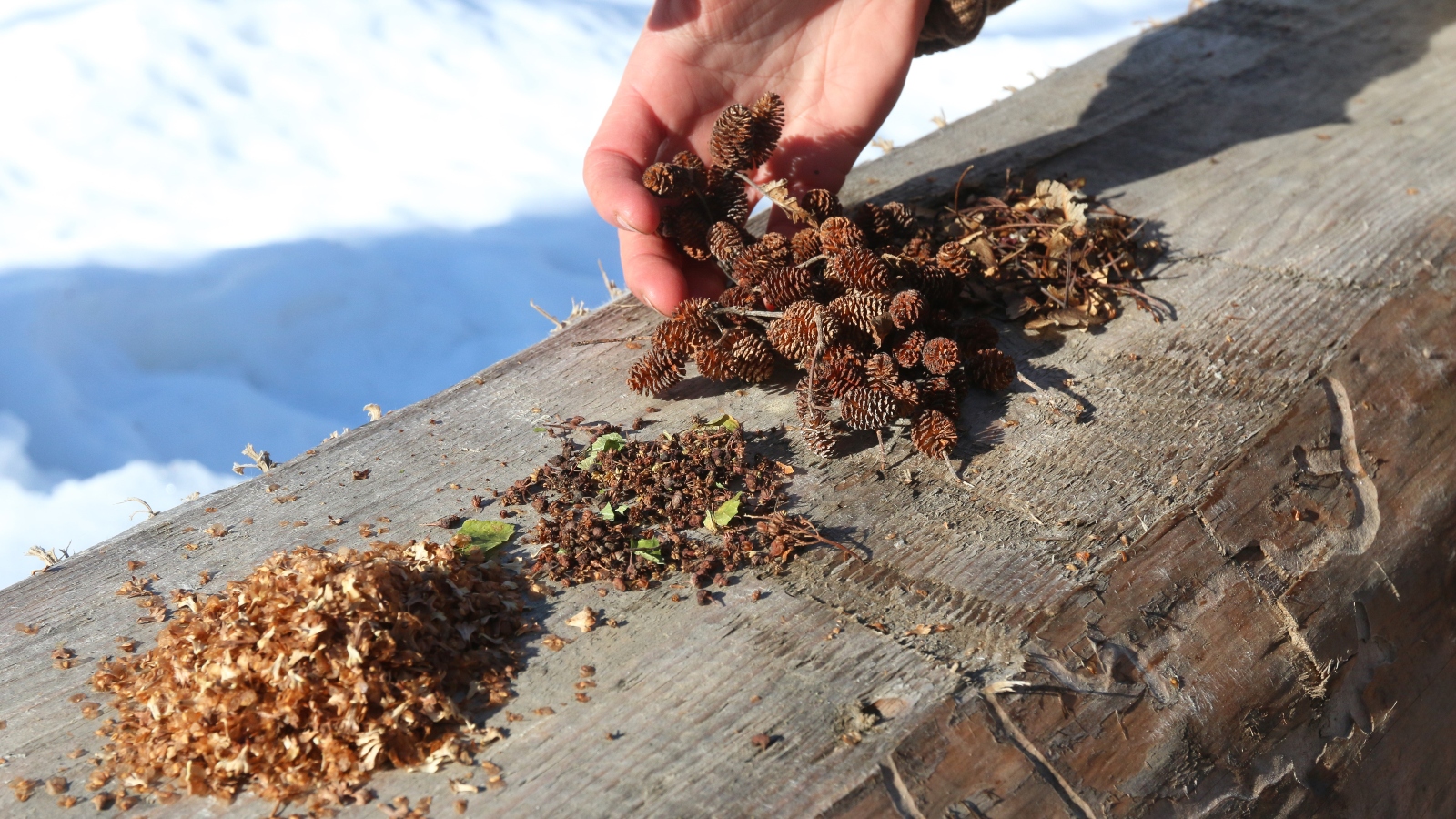This report is contributed by The Tyee in British Columbia, a partner in InvestigateWest’s yearlong reporting initiative Getting to Zero. The Tyee’s work is supported in part by the Fund for Investigative Journalism.
For Natasha Kuperman, the seed was planted at a young age.
“Everyone has an issue that they think is the most important thing,” she says. “My entire life, it was clear to me without a doubt that climate change is the issue that trumps all other issues.”
On a plot in northern British Columbia, that seed is taking root. Located 650 miles north of Vancouver, on the traditional territory of the Gitxsan Nation, the site serves as the platform for launching Seed the North, a project that aims to regenerate large swaths of land in an effort to sequester carbon and fight the climate crisis.
It’s a long way from Kuperman’s urban Ontario upbringing. Born and raised in Toronto, she studied architecture at Cornell University, after which she earned a master’s degree in real estate development at York University. After time working in Canada’s north, she settled there a year ago.
Her experience in large-scale infrastructure development may seem far removed from forest ecology, but there’s a connection, she says: “You could say this is the single largest infrastructure there is, which is our forests.”
Kuperman’s long-term vision is massive in scale.
Seed the North will collect seeds, combine them in biodiverse seedpods, and drop them using drone technology over thousands of acres. The project will target areas disturbed by both natural events, like wildfires, floods, and landslides, as well as those impacted by industry. The project’s mission stands on three pillars: traditional Indigenous knowledge, the scientific community, and what Kuperman describes as the “brawn” of technological ingenuity. She is the facilitator — the thread that ties them all together.
It’s a big endeavor. But don’t call it a solution, Kuperman warns.
“There are no foolproof solutions,” she says. “This is harm reduction. This is mitigation. And that is the best thing that we can do with our lives.”
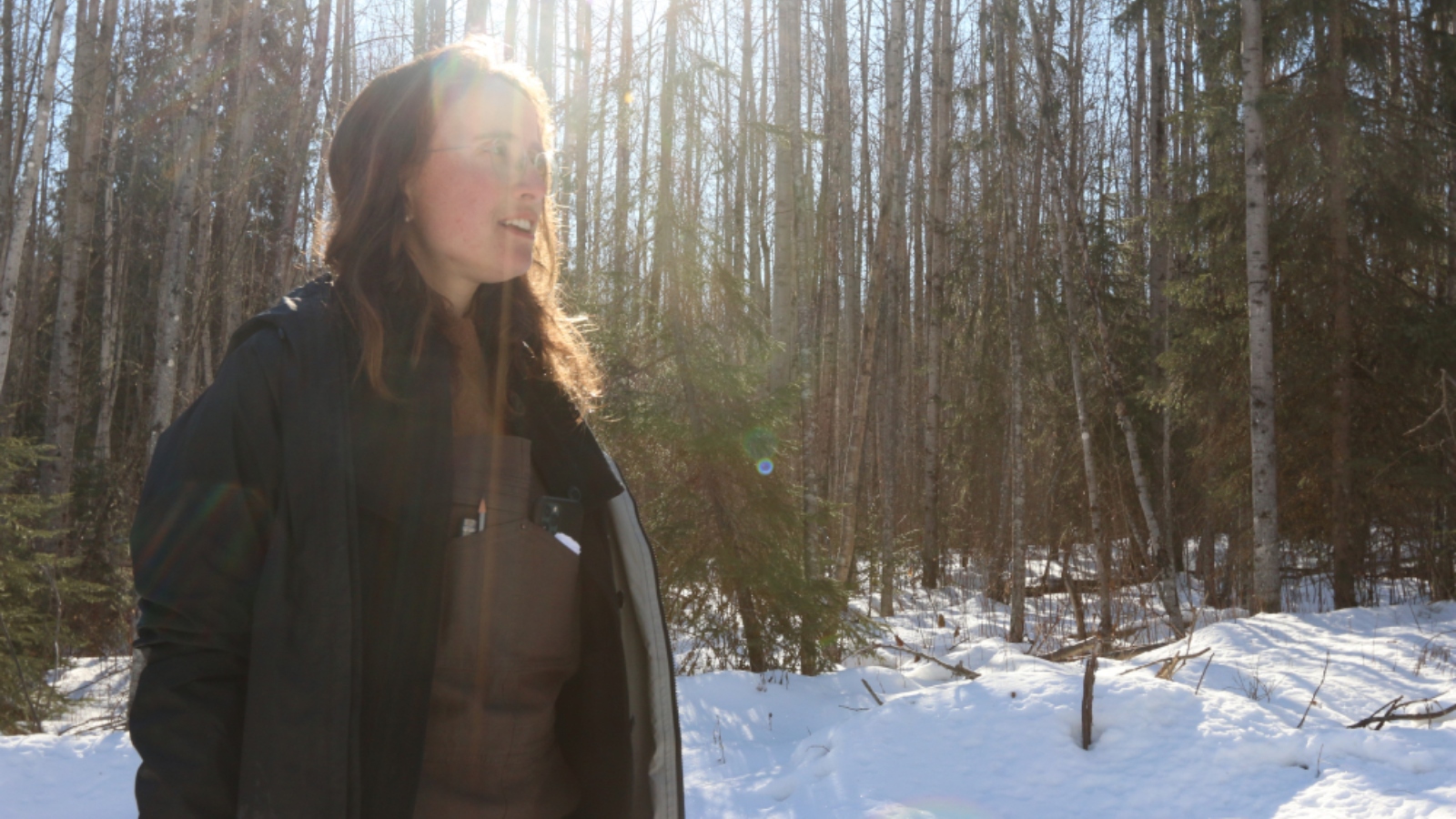
The effects of climate change can be seen in northern British Columbia, where forests in recent decades have suffered drought, wildfires, and pest outbreaks, such as the mountain pine beetle infestation.
The region is sparsely populated. Its largest city, Prince George, has a population of less than 75,000. The entire northern two-thirds of the province is home to only 6 percent of British Columbia’s total population. To paraphrase renowned ethnobotanist Wade Davis, it’s a place where you could hide England and the English would never find it.
It’s also a place where trees could store a lot of carbon.
But rather than seeing this vast region as a carbon bank, governments have long viewed it as a source for withdrawals. The north is relied upon heavily for its resources — traditionally forestry and mining, and increasingly oil and gas extraction and transportation.
In addition to increasing carbon emissions, damaging impacts to the landscape reduce its ability to act as mass holding tanks that pull carbon from the atmosphere and slow the warming climate.
That’s where Seed the North comes in. It represents a fresh approach to forest regeneration. The concept is huge, but it all boils down to one small thing.
“At a certain point, let’s just focus on each seed and how we can get it to germinate,” Kuperman says.
Germination
In early spring, the days are warming. Freeze-thaw cycles have encased the Kispiox Valley in a crust of ice and snow. Kuperman sits on a log that will form the foundation for a cabin to house workers from remote Indigenous communities employed by the project.
Squinting against the sun’s glare, she reaches into a white sack and produces a fistful of seeds, placing them gently in piles on the log: birch, alder, and Rocky Mountain maple — species that aren’t considered valuable to the forest industry but are an important part of the local ecosystem.
Thousands of seedlings are planted every year by British Columbia’s forest industry, but Kuperman’s project deliberately targets remote and hard-to-reach areas that wouldn’t otherwise be replanted. In the beginning, she says, Seed the North needs to establish itself as independent of industry, rooting itself in an entirely different set of values.
“I put ecological diversity first,” Kuperman says. “Industry objectives are not ecology first. They’re economy first.”
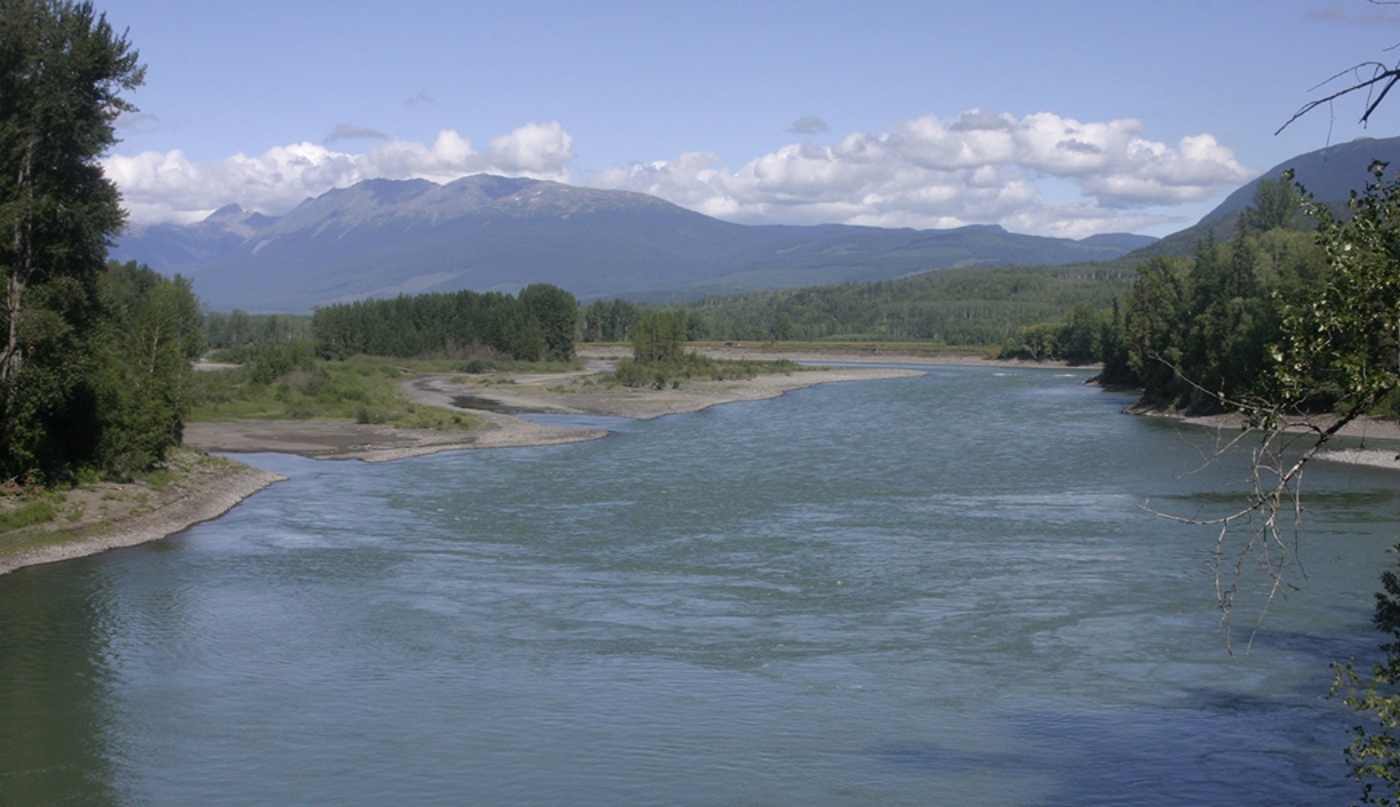
Her commitment has begun with enlisting remote Indigenous communities both for their knowledge of the land and for their workforce. This summer, her project will focus on training and seed collection at two sites: one here in Gitxsan territory and the other in the traditional territory of the Kitselas First Nation.
Over the long term, she plans to outsource the collecting, drying, and processing of seeds to remote areas like Tahltan territory, in British Columbia’s northwest, and West Moberly First Nation, in the northeast, where Twin Sisters Native Plants Nursery already is working to repair damaged landscapes through Indigenous-led regeneration programs.
Kuperman also works with the B.C. government and, specifically, the B.C. Tree Seed Centre, which provides seeds to the province’s forest industry.
But it all starts on this property north of Hazelton, which Kuperman bought last year as a base. The land has been stewarded for millennia by the Wilp Luudkudziiwus, a house group of the Gitxsan, and she consults closely with its members. Within 160 acres, it has everything from interior cedar-hemlock forests and wetlands to subalpine and alpine ecosystems.
“That’s why I moved here,” Kuperman says. “This is the spot where you have the most bio-geoclimatic zones in a small radius.”
The property was heavily logged by the previous owner. That, too, provides case-study material — a test site of human-impacted land ripe for regeneration.
In British Columbia, records don’t go back far enough to know exactly how much of the province’s land base has been harvested since the timber industry began, but the government estimates about 500,000 acres are logged each year, almost 1 percent of harvestable forests in the province.
Of that, 80 percent has been replanted, according to the government.
But that replanting emphasizes economic values over ecological ones. In an effort to speed up the harvest cycle, fast-growing, high-yield varieties — pine, spruce, and cedar — have been favored, prioritizing short-term profits over long-term payoffs like carbon reduction, biodiversity, and wildfire prevention.
Species that compete with the high-yield trees — for instance, aspen or alder — are beat back with herbicides and machinery.
What is left is a monoculture, a narrow slice of what’s needed for a healthy ecosystem. Lost are the firebreaks provided by deciduous forest, with its silvery leaves that reflect the sun’s heat back into the atmosphere, and the nutrients derived from decomposing leaves.
Seed the North aims to bring back a more natural and diverse forest, on a shorter timeline.
While forests will regenerate naturally, seeding provides a head start, says Jim Pojar, a 25-year veteran of British Columbia’s ministry of forests and co-author of Alpine Plants of the Northwest, an ecological field guide to the region. So does adding a variety of species into the mix — nitrogen-fixing plants like lupine, and shrubs like alder and soopolallie.
Pojar recalls the first time he heard about Kuperman’s project. The two of them went for hikes. Kuperman talked. Pojar researched.
“I concluded it was a great idea,” says Pojar, now an adviser on the project. “Nobody else is doing what she has in mind, as far as I know.”
The project also aspires to use as much local and salvaged material as possible. Waste wood left on the property is being salvaged, and the workers’ cabin will be constructed from a single cottonwood tree felled nearby.
Not far from where the workers’ cabin is under construction, three 40-foot-long shipping containers sit in a U shape on concrete pads. “We’re going to turn something that was integral to globalization into a very local solution,” Kuperman says about the containers.
They now are being used to store thousands of seed trays. But once a roof is built over the containers, it will create a 3,000-square-foot workspace with an enclosed lab. The rooftop will provide a mesocosm, an outdoor space for testing seed germination, Kuperman explains.
Also stored within the compound are several large bags of biochar. Kuperman reaches into one and produces hands smeared black with charcoal. She proclaims the forest industry by-product “black, shiny gold,” because it holds a key to expediting reforestation.
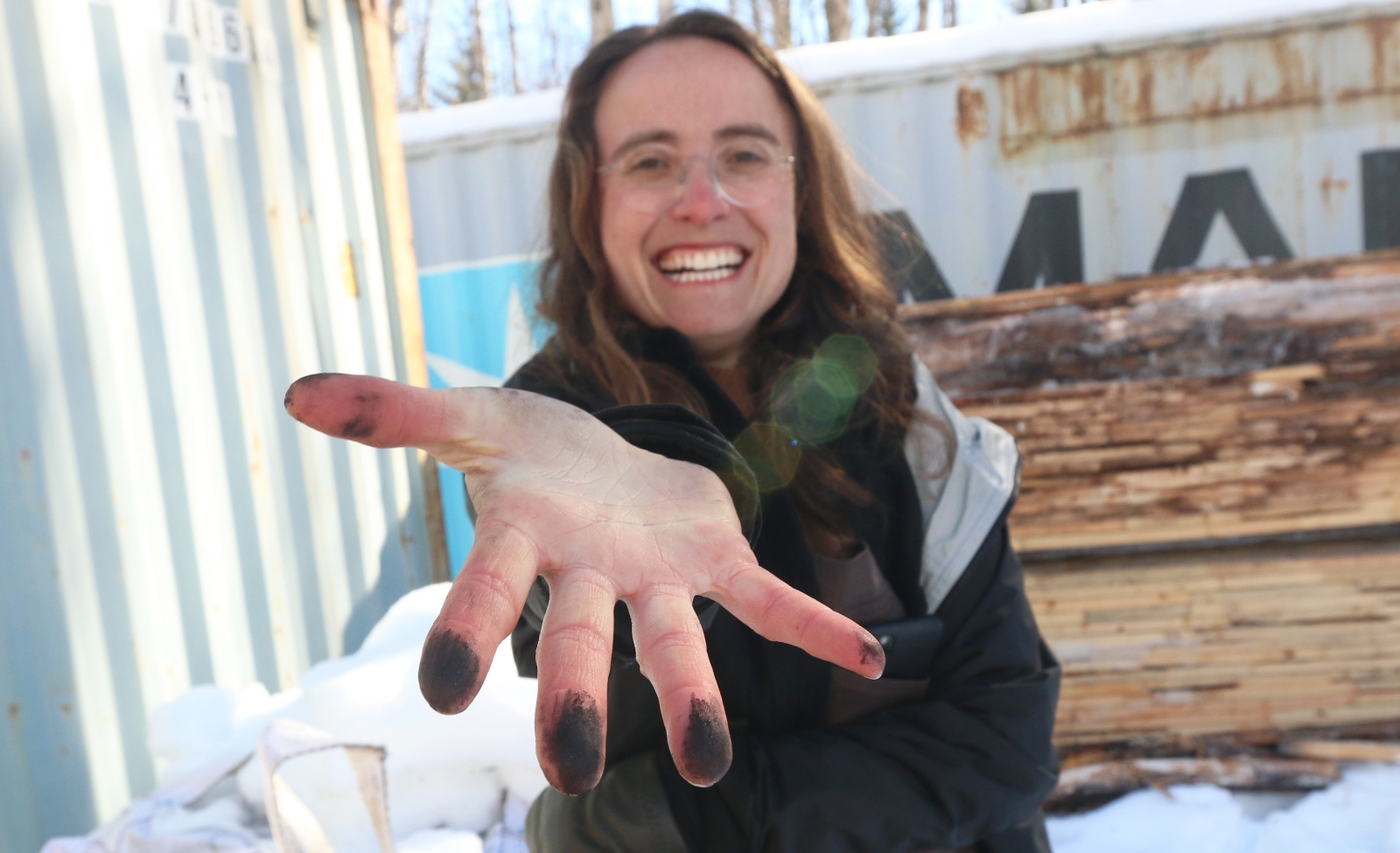
Made from piles of waste wood left behind by logging, biochar seed casings will assist new seeds in their transition from drone drop to germination. The casings offer all the required nutrients and also protect the bundles from scavenging animals and drought.
While the seedpods contain a suggestion of what should grow, they are not prescriptive, Kuperman says. What takes root will depend on local conditions.
“Where a meadow will form, a meadow will form. Where conifers thrive, conifers will grow,” Kuperman says. “We don’t predetermine exactly, especially over vast areas.”
Taking root
This approach is the opposite of what Herb Hammond describes as “the dogma of forestry,” which has forced conifer stands onto large areas of the province valued for their timber supply.
The professional forester and forest ecologist, who is based in southeastern British Columbia’s Slocan Valley, points to networks — the interdependency of forest ecosystems and the fine balance that exists naturally beneath the earth — as a solution for broadening biodiversity while also potentially assisting the forest industry.
But, as with so many things, the success of innovative ideas comes down to political will.
Although Canada has the land resources to promote biodiversity, it’s also hobbled by a powerful forest lobby, an influence Hammond says has gotten stronger over the years, not weaker.
“Today, we have very, very poor laws or – one could say, no laws – to hold timber companies accountable,” he says about Canada. British Columbia’s tenure systems have meant that public lands were handed over to private timber companies with “token payment,” he says. It has left governments with far less control over the industry, he says.
As a result, attempts to legislate biodiversity — like Nova Scotia’s recent Biodiversity Act — are reduced to toothless gestures.
This is different from the United States, Hammond says, where the government has retained control over much of its land base, particularly in the Northwest, where most of the land is publicly owned. That means better transparency and more accountability from the U.S. Forest Service.
Last year, Oregon’s governor signed an executive order directing state agencies, including the Department of Forestry, to take action to reduce greenhouse gas emissions. A proposal from the agencies, which is due in June, is expected to include recommendations for improving carbon sequestration on state lands.
Funding a transition to low-carbon economies has proven tricky.
In the United States, President Biden has announced a plan to tackle climate change, including establishing the Civilian Climate Corps initiative to create employment from conservation and land restoration. In Canada, British Columbia’s failed Pacific Carbon Trust is just one example of the challenges that impede monetizing the carbon market.
The trust was established by the province in 2008 to buy carbon offsets, often from private industry, to gain carbon-neutral status — something British Columbia has claimed every year since 2010. But the program wrapped up amidst political controversy over auditing five years later.
The offsets weren’t credible, the B.C. auditor general said in a 2013 review of the program. Today, the program continues under the province’s Ministry of Environment and Climate Change Strategy. In 2019, more than three-quarters of $7 million spent by British Columbia went to forest protection in the Great Bear Rainforest, a stretch of B.C. coastline where 7.6 million acres are protected from logging by a multi-stakeholder agreement signed in 2016.
The remaining 20 percent of that money went to the fossil fuel and forest industries for emission reductions, such as switching from fossil fuels or electric or biomass energy sources. A small portion went to carbon-reducing initiatives in waste management, agriculture, and public transportation.
Although carbon offsets are imperfect, Kuperman says, they offer initial steps toward reducing carbon emissions and fighting climate change.
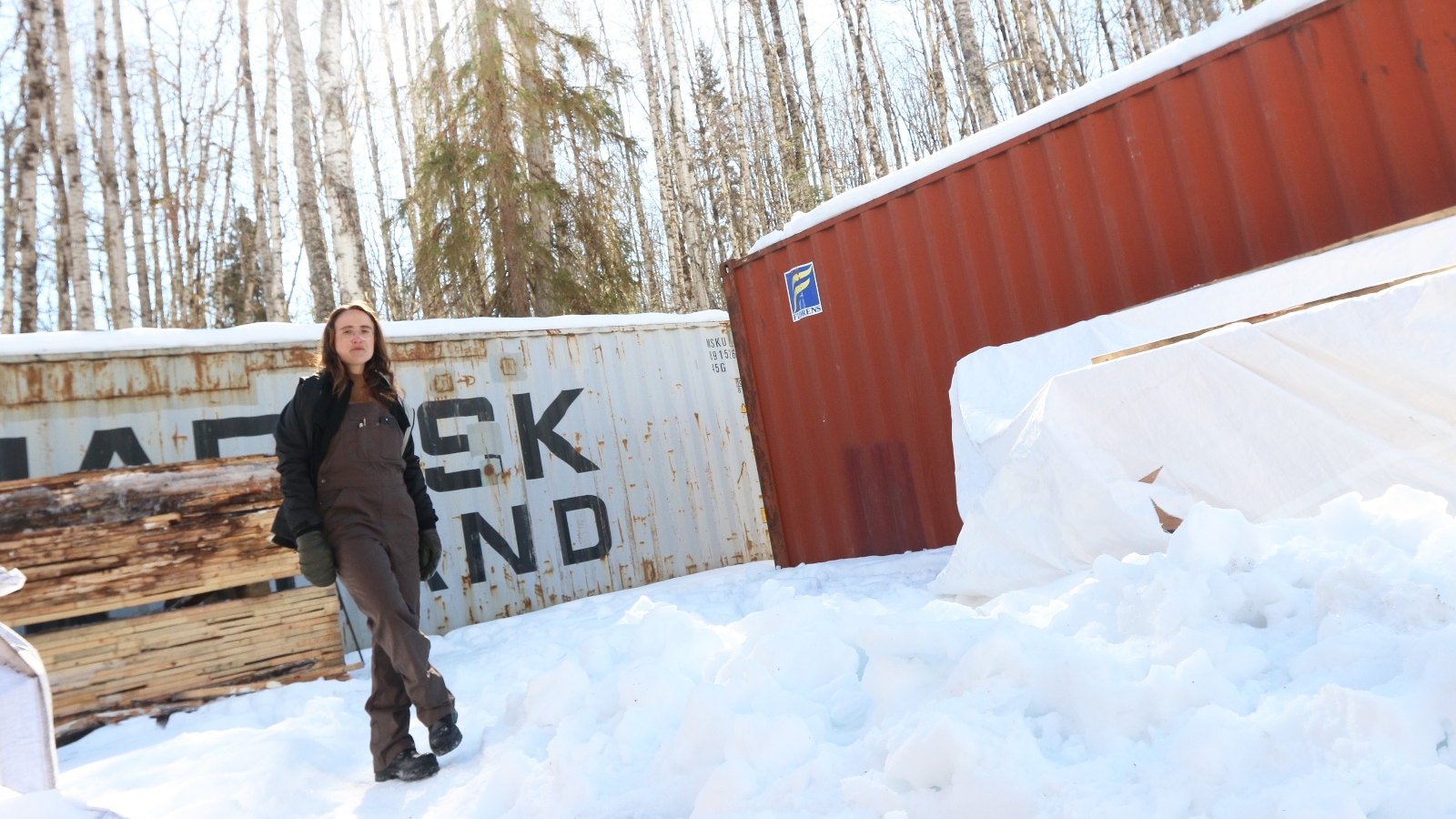
“In the first couple iterations, it didn’t go as planned. But anything new doesn’t go quite right at first,” she says. “The carbon offsets programs of today are much more nuanced and really account for things more accurately.”
Once her project’s seeds have become young forests sequestering carbon, Seed the North will qualify for offsets, Kuperman says. For now, funding is pulled together piecemeal. The project has received one grant from the federal government’s Investment Readiness Program.
“Though government grants are helpful, the reality is that the best long-term success is being supported by people who want to invest in a better future than we’re currently heading,” she says. That means working with private industries wanting to reclaim disturbed landscape with a view to incorporating Indigenous perspectives, increasing biodiversity, and contributing to long-term carbon sequestration.
“Ecological restoration is wonderful at a small scale, and it teaches great lessons to us. But unless we scale it up, it’s fundamentally not going to make a statistical difference,” Kuperman says.
And Seed the North is all about scaling up.
Eventually, Kuperman would like to be seeding tens of thousands of acres on several sites in northern British Columbia, she says. Beyond the three regions in northern British Columbia that have been mapped in detail by a local contractor, Kuperman also has looked at specific areas across Canada that she says would be ideal for reseeding by drone.
“We need to take a fundamentally different approach if we are to make a statistically significant difference for the sequestration of carbon,” she says. “We need to change everything. We need to change the fundamentals of our society because, without that, we are just kowtowing, slapping each other on the back, saying that things are OK, that we can go on with things as they are.”
From large-scale paradigm shift, she returns to the here and now.
Collecting seeds. Listening to people who know the land. Finding value in healthy, functioning ecosystems. “With all of those components,” she says, “we’re going to get somewhere.”
It starts with each seed.
